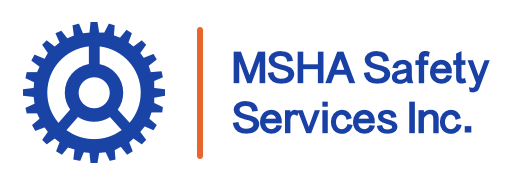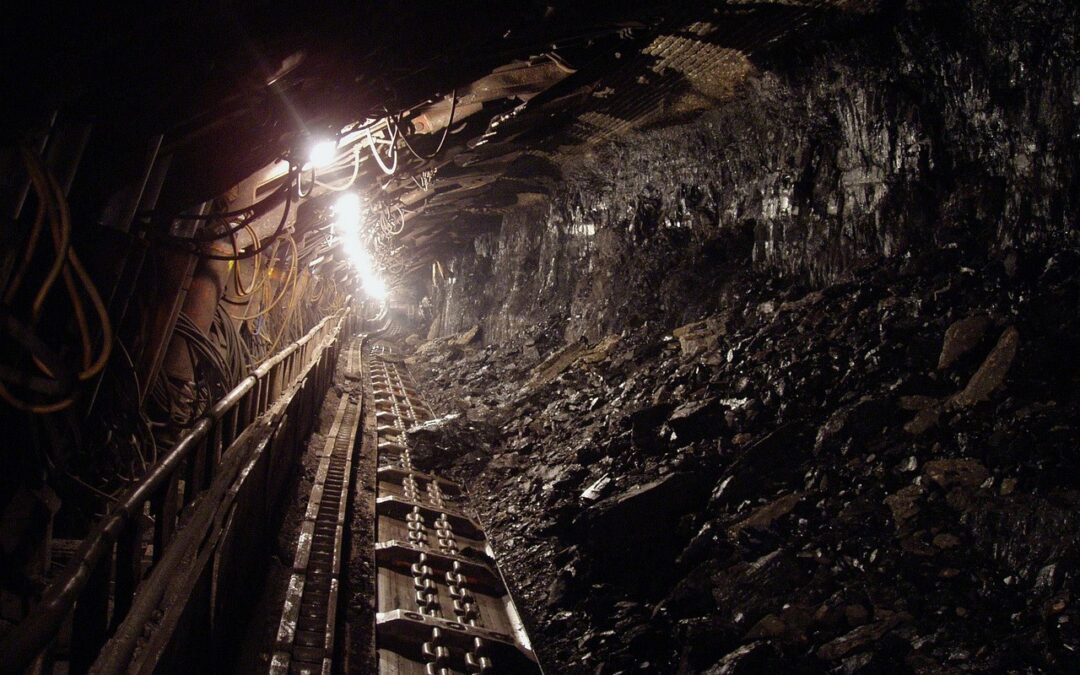Ground control systems are critical to maintaining safety in mining operations, where the risk of ground instability and related accidents can have severe consequences. These systems play a vital role in ensuring that mines are structurally sound and safe for workers. As mining practices evolve, advancements in ground control technologies, monitoring tools, and regulatory standards have become integral to reducing risks and improving operational efficiency. In this article, we will explore the key components of ground control systems, the technologies driving innovation in the field, and how regulatory standards shape their implementation, ultimately contributing to safer mining environments.
What Are Ground Control Systems in Mining?
In the mining industry, ground control systems refer to the procedures and technologies used to maintain the stability of the mine’s structure, especially in underground operations. These systems are designed to prevent accidents such as cave-ins or collapses, which can be catastrophic for both the miners and the operation. They include a combination of engineering solutions, monitoring tools, and safety protocols to ensure that the mine remains stable and safe for workers.
Ground control systems are crucial not only for the safety of the workers but also for the longevity and efficiency of the mining operation. They are typically implemented from the initial stages of mine design and continue throughout the operation. The core goal of ground control is to reduce the risks associated with underground mining, such as falling rocks, ground shifting, or structural failure.
The Importance of Ground Control in Ensuring Safety
Ground control is essential in maintaining a safe working environment in mining operations. Without effective ground control systems, the risk of accidents increases significantly, putting both the workers and the operation at great risk. These accidents can range from minor injuries to fatal collapses. The implementation of effective ground control measures helps mitigate these dangers by preventing sudden shifts in the mine’s structure and ensuring that the ground around the mining operations remains stable.
When properly implemented, ground control systems reduce the potential for mining disasters, increase operational efficiency, and protect workers. By using effective techniques such as rock bolting, shotcrete application, and reinforced concrete structures, mining operations can prevent cave-ins and other structural failures that could lead to loss of life or costly downtime.
Key Components of a Ground Control System
A comprehensive ground control system consists of several key components that work together to maintain stability and safety in mining operations. Some of the most important components include:
- Support Structures: These include rock bolts, steel mesh, and timber supports that help reinforce the walls and ceiling of the mine. They prevent ground movement and provide critical support to the mine’s structural integrity.
- Monitoring Systems: Technologies such as geotechnical monitoring tools, including seismic sensors and displacement sensors, are used to track the mine’s stability in real-time. These systems help identify potential risks and allow for early intervention.
- Reinforced Concrete: Concrete systems are often used to stabilize high-risk areas of the mine and prevent the collapse of tunnels or other underground structures.
- Shotcrete: A method of applying sprayed concrete to the walls and ceiling of tunnels to add extra support and prevent rockfalls.
- Ventilation Systems: Ensuring proper ventilation not only helps reduce the risk of gas buildup but also maintains a safe working environment for miners.
The combination of these elements creates a ground control system capable of keeping underground areas stable, reducing accident risks, and ensuring safety.
Technologies Enhancing Ground Control in Modern Mining
Technological advancements have significantly enhanced ground control systems in mining. Modern technologies such as real-time monitoring tools and geotechnical sensors provide detailed insights into the structural integrity of mining operations. For example, laser scanning and ground-penetrating radar are used to assess rock quality and detect any potential risks or weaknesses before they cause problems. Additionally, autonomous machinery and robotic tools are increasingly being used to assist in the installation of ground support systems, reducing the risks associated with manual labor in hazardous environments.
One of the most promising advancements in ground control technology is machine learning and predictive modeling. These technologies can analyze vast amounts of data from various sensors to predict potential ground movement, enabling operators to take proactive steps before an incident occurs. With such technologies, mines can be monitored 24/7, making it easier to detect and address any issues before they escalate into dangerous situations.
Best Practices for Ground Control in Underground Mining
In underground mining, ensuring ground control is achieved through a combination of best practices and consistent monitoring. Some of the best practices for effective ground control include:
- Designing Safe Mining Layouts: Proper mine design is key to preventing ground failure. Mines should be designed with the best possible support systems and layouts that minimize stress on the mine structure.
- Regular Inspections: Frequent inspections of support systems, tunnels, and monitoring equipment help identify weak points and prevent accidents. Regular inspections are also essential for detecting early signs of ground movement.
- Using Appropriate Ground Support Techniques: Techniques such as rock bolting and shotcreting should be used to provide adequate support to areas under stress. These methods are especially important in high-risk zones.
- Training and Safety Protocols: Miners should be properly trained to understand the risks of underground mining and how to work safely with ground control systems. Safety protocols should be strictly followed to ensure that all workers are protected.
By adhering to these best practices, mining operations can reduce the likelihood of ground failures and improve safety for all workers involved.
Challenges in Ground Control for Mining Operations
Despite advances in technology and best practices, there are still several challenges in ground control for mining operations. One of the primary challenges is the unpredictable nature of the ground itself. In some cases, the geological conditions of the mine can change unexpectedly, making it difficult to predict ground movement and assess the effectiveness of support systems.
Another challenge is the increasing depth of modern mines. As mining operations reach greater depths, the pressure on the ground increases, which can make ground stability more difficult to maintain. Additionally, remote or inaccessible mining sites can pose logistical challenges when it comes to installing and maintaining ground control systems.
Regulatory Standards and Compliance for Ground Control Systems
Mining operations are subject to various regulatory standards that govern ground control systems. These regulations are designed to ensure the safety of miners and minimize the risk of accidents. Compliance with these standards is critical for mining companies to operate legally and safely.
Regulatory bodies such as the Mine Safety and Health Administration (MSHA) in the U.S. and international organizations like the International Labour Organization (ILO) set guidelines for ground control, including the installation of support systems, monitoring procedures, and the maintenance of equipment. Adhering to these regulations is not only essential for ensuring safety but also for maintaining a reputation as a responsible mining operator.
To further support your commitment to safety and compliance when it comes to ground control systems, MSHA Safety Services offers tailored programs designed to equip your team with the knowledge and skills necessary to meet regulatory requirements.

Successful Implementation of Ground Control Systems
When implemented correctly, ground control systems can significantly enhance safety and efficiency in mining operations. Successful examples of ground control systems include mines that have used automated monitoring systems, strong reinforcement techniques, and advanced geotechnical monitoring to keep ground instability at bay. These systems allow mining companies to stay ahead of potential risks and ensure that their operations remain safe and productive.
Advancing Ground Control for Safer Mining Practices
Advancing ground control systems is crucial to maintaining the safety and success of mining operations. By implementing the latest technologies, adhering to best practices, and complying with regulatory standards, mining companies can ensure a safer working environment for all workers. As the mining industry continues to grow and evolve, ground control systems will remain a fundamental aspect of ensuring the safety and longevity of mining operations.

